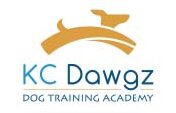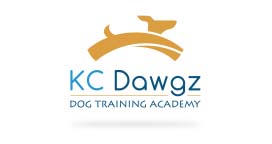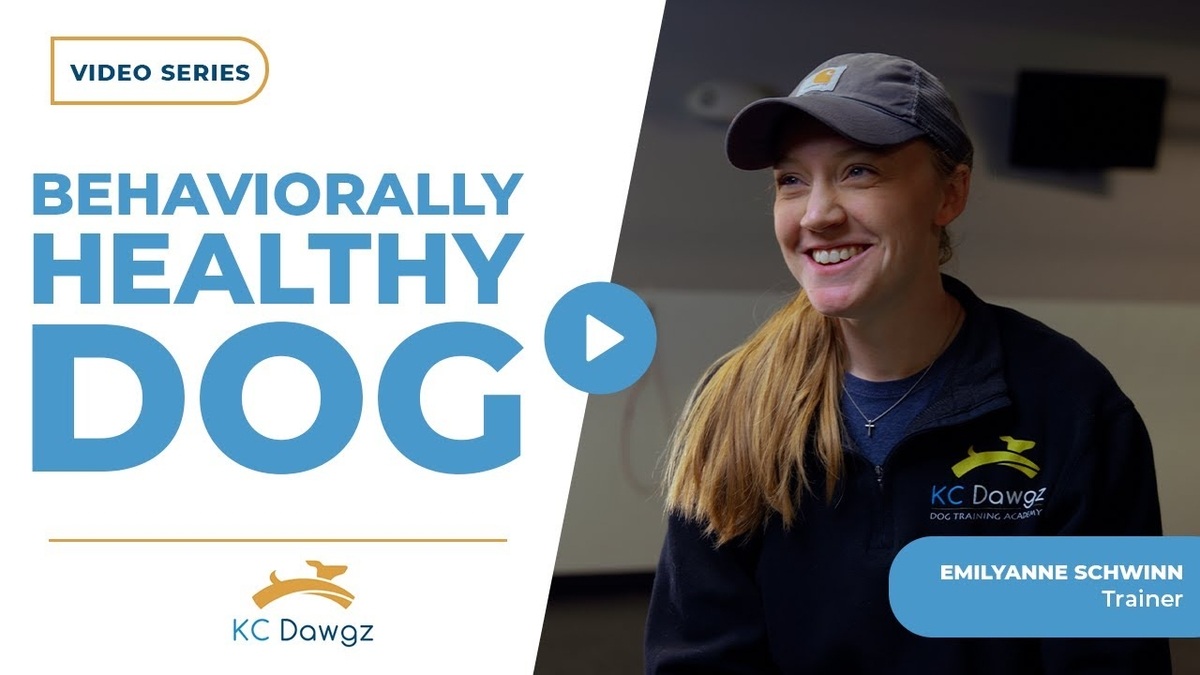Owning a dog is one of the most rewarding experiences, but it also comes with a great deal of responsibility. Our dogs depend on us to guide them through various situations, ensuring not just their safety but the safety of others as well. Knowing key obedience commands isn’t just about having a well-behaved pet—it’s about creating a safe environment where your dog can thrive. In this post, we’ll cover the top dog obedience commands every pet should know to lead a safer, more enjoyable life.
Why Obedience Commands Are Crucial for Every Dog
While it’s fun to teach your dog tricks like “shake” or “roll over,” these skills don’t have the same level of importance when it comes to daily safety and interactions. The dog obedience commands that matter most are the ones that ensure your dog is safe and responsive in various scenarios. Commands like “recall” and “heel” can prevent accidents, make public outings less stressful, and enhance your dog’s overall manners.
Let’s explore the top commands every dog should know for their safety and yours.
1. Recall Command: “Come”
The Foundation of Safety
One of the most important dog obedience commands is recall, or teaching your dog to come to you when called. This command can literally save your dog’s life. Imagine you’re at a park, and your dog spots a squirrel or something else that catches their attention. Will they come to you when you call, even if there’s a distraction? This is crucial for keeping them safe in situations where they could run into traffic or get into other dangerous situations.
A strong recall ensures that no matter the situation—whether it’s a distraction or a high-energy environment—your dog will come back to you immediately when called.
Tips for Teaching Recall
- Start with a leash in a quiet environment and practice calling your dog from short distances.
- Use a positive tone and always reward your dog when they come to you.
- Gradually increase distractions as your dog gets better at responding.
2. Place Command: “Place”
Keeping Your Dog Calm Indoors
The “place” command is incredibly useful for managing your dog’s behavior at home, especially during moments of high excitement. Whether you’re hosting guests or just need a calm environment, teaching your dog to go to a designated “place” (like a bed or mat) is a game-changer.
This command isn’t just about keeping your dog out of the way; it’s about helping them understand when it’s time to settle down. It also gives you a tool to contain them in a specific area without having to physically restrain them.
How to Teach Place
- Pick a designated area like a dog bed or mat.
- Use a leash and gently guide your dog to the place.
- Reward them for staying on the mat or bed and gradually increase the time they stay there.
3. Heel Command: “Heel”
For Controlled Walking
Walking your dog is a great way for both of you to enjoy the outdoors, but sometimes distractions can turn a relaxing walk into a stressful situation. The “heel” command teaches your dog to walk calmly beside you, matching your pace. This is particularly useful when moving through crowded areas, crossing streets, or passing neighbors who may not want an overly excited dog near them.
The “heel” command is not about requiring your dog to stay glued to your side during the entire walk, but rather giving you control when you need it. Whether you’re crossing a street or walking past a baby stroller, you want to know your dog will stay close and remain focused on you.
Steps to Teach Heel
- Start with a short leash to keep your dog by your side.
- Reward your dog when they stay beside you at your pace.
- Practice stopping and starting, rewarding your dog when they stop and sit next to you.
Why Safety Commands Are Essential
When we think about essential dog obedience commands, the focus should always be on safety. Commands like “sit” and “shake” may seem cute, but they don’t offer the same level of protection that “recall,” “place,” or “heel” commands do. These commands help you manage your dog’s behavior in real-world situations, keeping them safe and ensuring that they’re well-mannered in public spaces. It’s about creating harmony between you, your dog, and the people or pets you encounter.
Being a responsible dog owner means ensuring your dog is a positive part of the community, and obedience commands are key to that responsibility.
In Summary
Training your dog to follow essential obedience commands not only makes life easier, but it can also prevent accidents and ensure a safe, happy environment for everyone. Prioritize commands like recall, place, and heel for maximum safety and day-to-day control over your dog’s actions. These are the commands that matter most when it comes to keeping your dog safe and well-mannered.
If you want more guidance on training your dog to master these commands, contact us for professional dog training services that focus on both safety and effective communication with your pet.




